Optimal Timing for Shower Installations
Shower installations are typically performed during specific periods to ensure optimal results and convenience. The best time often depends on factors such as weather conditions, project complexity, and scheduling preferences. Planning installations during mild weather can reduce delays caused by extreme temperatures or weather disruptions.
Spring and early fall are ideal for shower installations due to moderate temperatures and lower humidity levels, which can facilitate better work conditions.
Avoid scheduling during peak winter or summer months when extreme cold or heat can impact materials and work quality.
Ensure the space is prepared and cleared before scheduling to minimize delays and streamline the process.
Order and confirm materials well in advance to avoid delays caused by supply chain issues, especially during busy seasons.
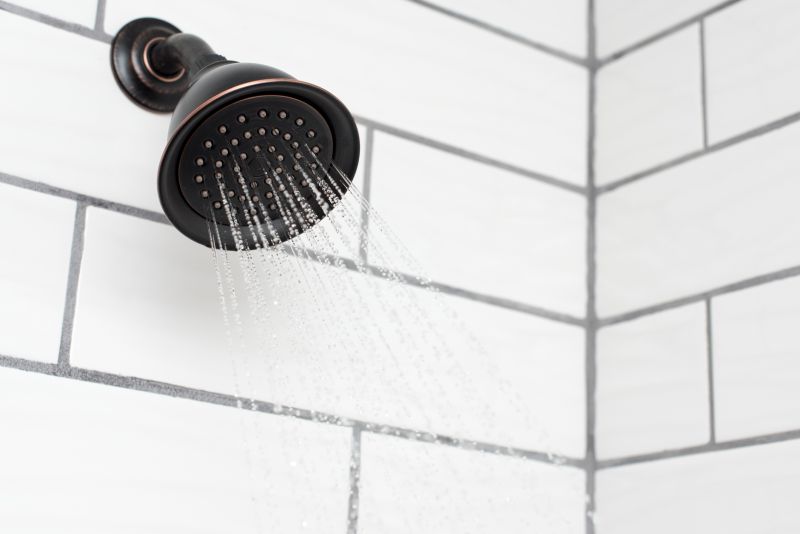
Ways to make Shower Installations work in tight or awkward layouts.
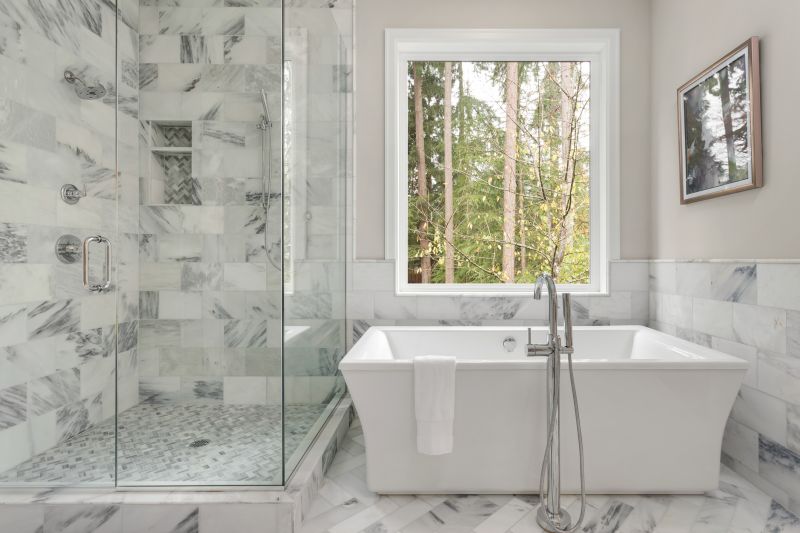
Popular materials for Shower Installations and why they hold up over time.
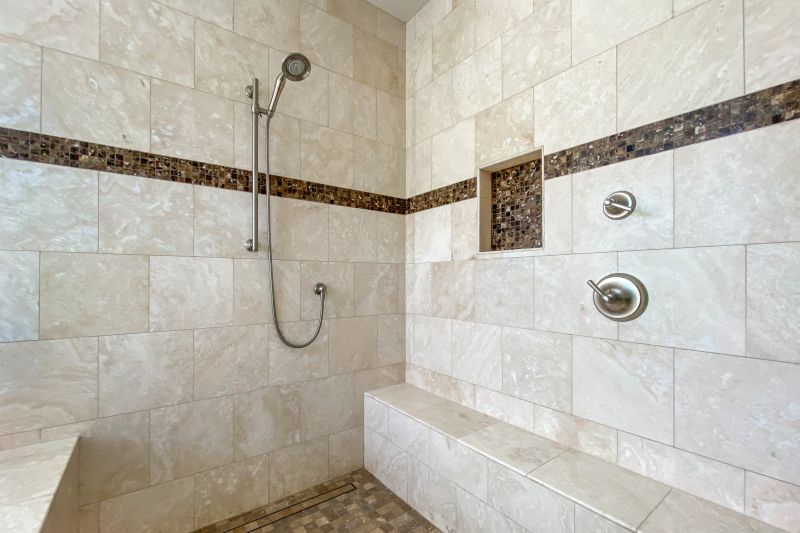
Simple add-ons that improve Shower Installations without blowing the budget.
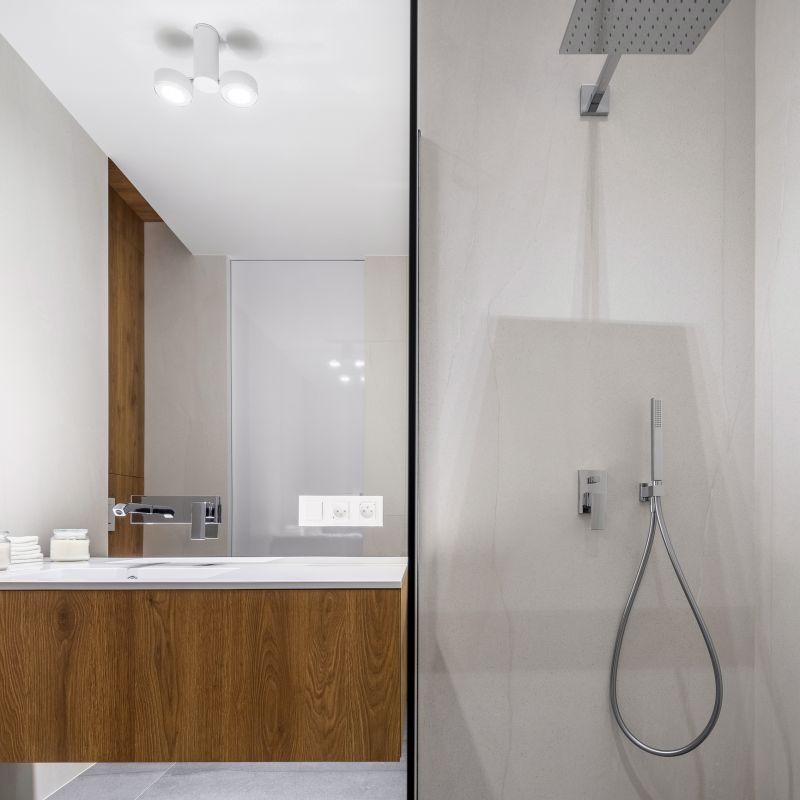
High-end options that actually feel worth it for Shower Installations.
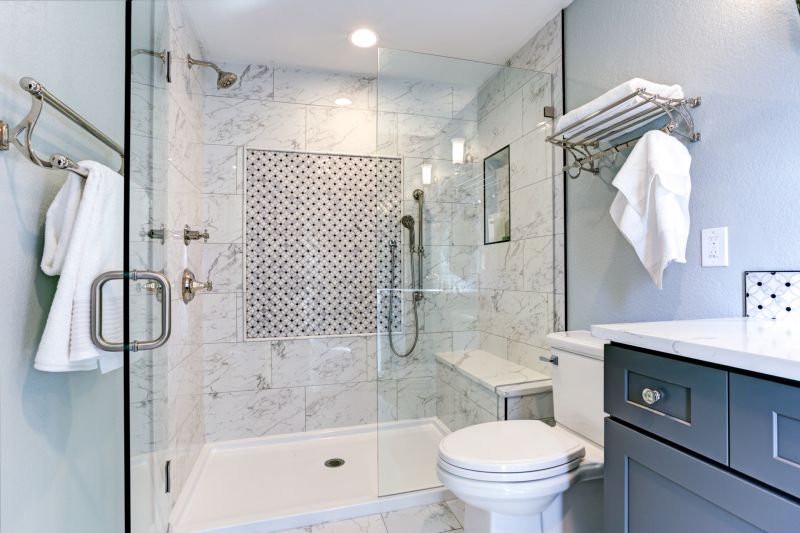
Finishes and colors that play nicely with Shower Installations.

Little measurements that prevent headaches on Shower Installations day.
| Season | Best Practices |
|---|---|
| Spring | Ideal for mild weather and lower humidity, facilitating installation. |
| Summer | Suitable if scheduled early in the season before peak heat. |
| Fall | Optimal due to cooler temperatures and less humidity. |
| Winter | Less preferred unless indoor work is feasible and weather is controlled. |
Shower installations involve precise work that benefits from stable environmental conditions. Proper planning ensures that materials such as tiles, grout, and fixtures are installed effectively, reducing the risk of damage or delays. Timing also affects the availability of skilled installers and materials, which can influence project completion.

A 60-second routine that keeps Shower Installations looking new.
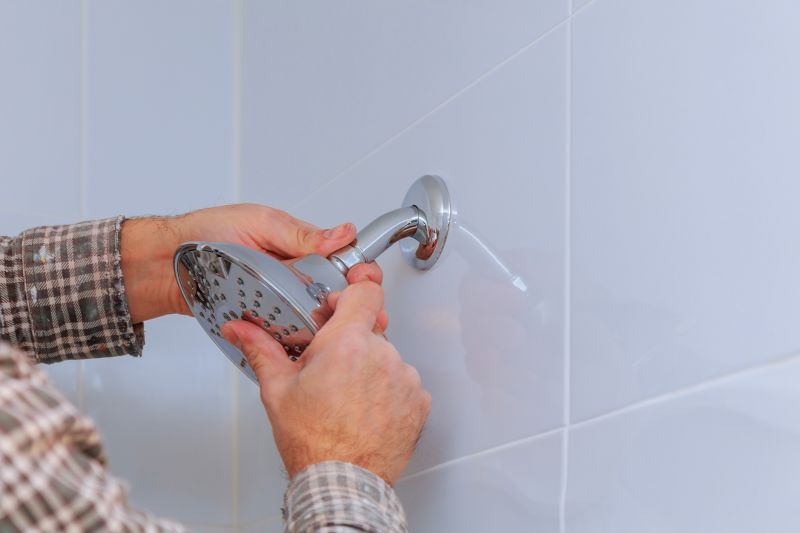
A frequent mistake in Shower Installations and how to dodge it.
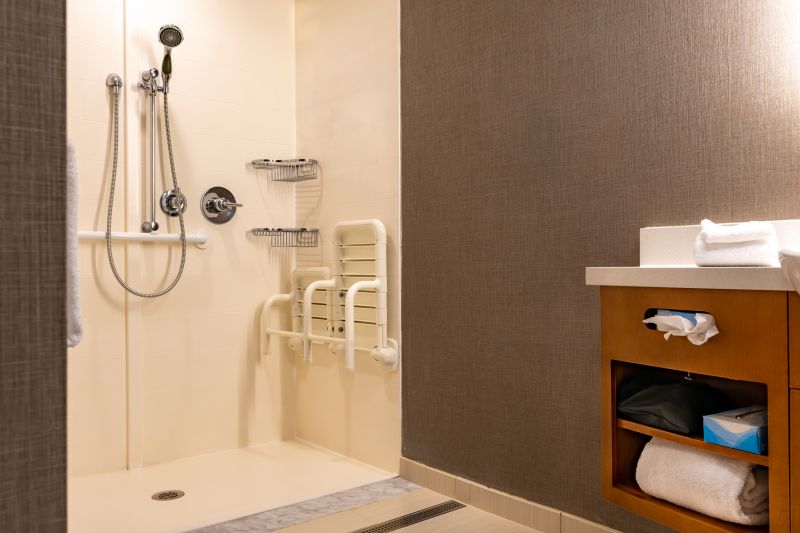
Small tweaks to make Shower Installations safer and easier to use.
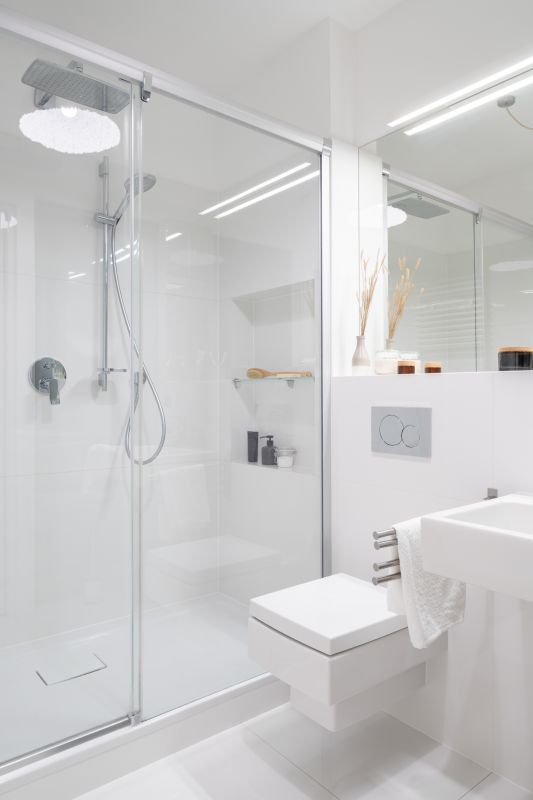
Lower-waste or water-saving choices for Shower Installations.
A: The process usually takes between one to three days, depending on the complexity of the project.
A: Yes, indoor installations can be scheduled year-round, regardless of outdoor weather conditions.
A: Installing during renovation allows for easier access and integration with existing plumbing and structures.
A: Avoid peak holiday seasons and periods of high demand when scheduling to ensure availability of materials and labor.
Planning shower installations at the appropriate time can enhance the quality and efficiency of the project. Proper scheduling considers environmental factors, material logistics, and workforce availability, contributing to a smoother process and a successful outcome.

The short, realistic tool list for quality Shower Installations.
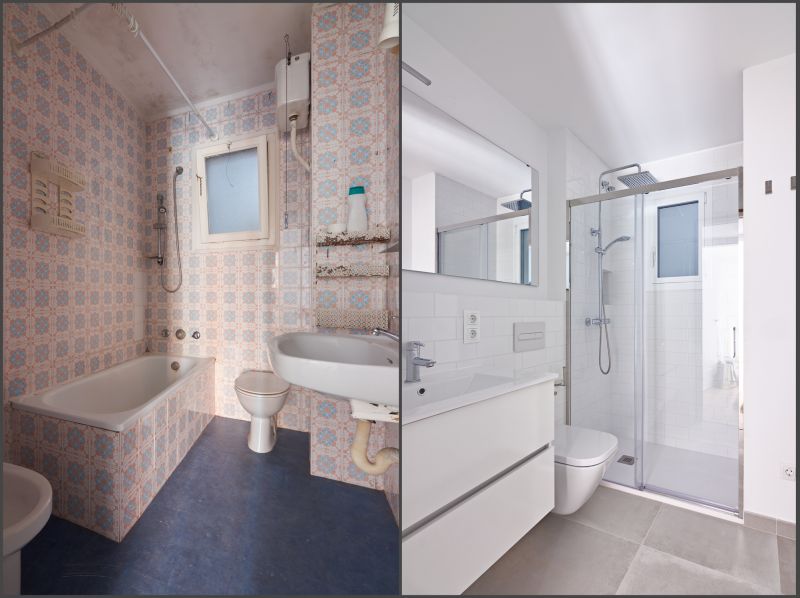
Rough timing from prep to clean-up for Shower Installations.
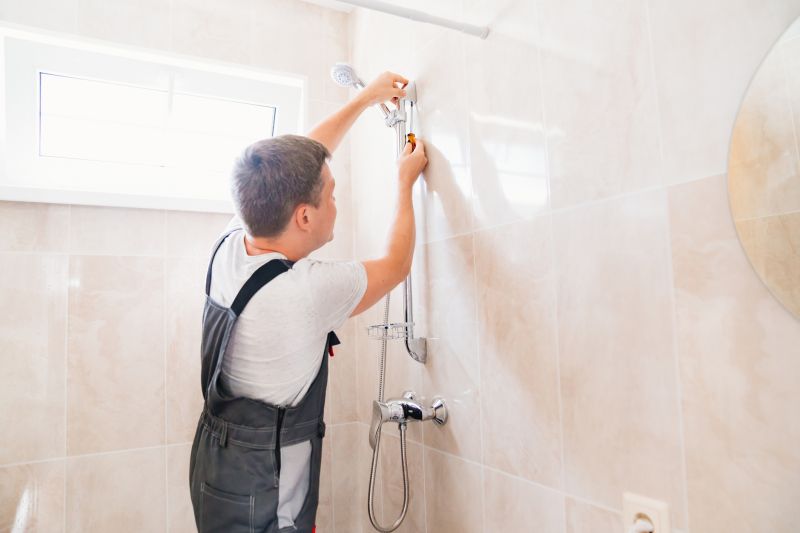
Quick checks and paperwork to keep after Shower Installations.
Interested in scheduling a shower installation? Filling out the contact form provides an opportunity to discuss timing options and project details to ensure a smooth and timely process.



